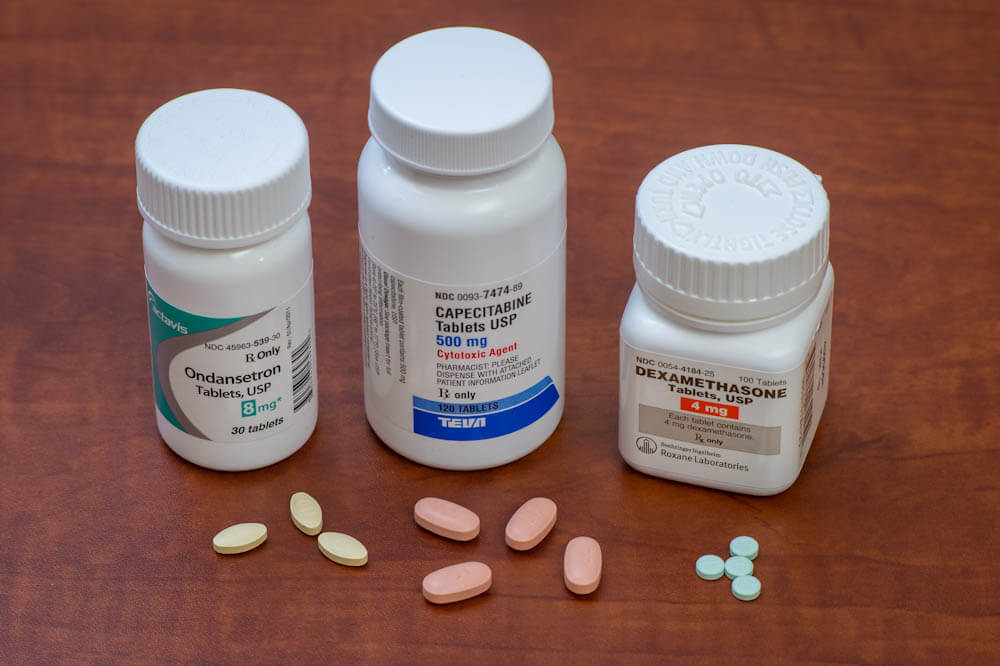Chemotherapy has been traditionally used as an “adjuvant” treatment in many patients with cancer—administered after surgery to kill microscopic tumor cells that remain in the body after surgical removal of the tumor. More recently, it has also come to be used in a “neoadjuvant” setting—to shrink tumors before they are surgically removed.
In some cases, neoadjuvant chemotherapy can make for better surgical options for a patient: It can turn an inoperable cancer into a treatable one by decreasing its size. In others, it can allow patients to become eligible for less-extensive forms of surgery than they otherwise might have required.

For instance, some women with breast cancer who would have needed a mastectomy to remove a large tumor might be candidates for a less invasive “lumpectomy” if the tumor can be shrunk with chemotherapy. Patients with an advanced form of laryngeal cancer, to take another example, can often preserve their larynx if they’re treated with neoadjuvant chemotherapy followed by radiation therapy, and the same may be true for patients with bladder cancer.
Other types of cancer therapy besides chemotherapy can be used in the neoadjuvant setting—that is, prior to the delivery of the main treatment. Hormone-blocking drugs, for instance, are sometimes used to shrink prostate tumors before treatment with radiation therapy. Radiation therapy can itself be a neoadjuvant treatment and is being studied in breast cancer and prostate cancer in clinical trials.
Because both adjuvant and neoadjuvant therapy kill cancer cells that have spread from the initial tumor to other parts of the body, they often help patients often live longer than they would have if they had been treated with surgery alone. When patients receive neoadjuvant therapy, they work closely with a multidisciplinary team of surgeons, medical oncologists, and radiation oncologists to make sure all the treatments are coordinated together.
Not all patients are eligible for neoadjuvant treatments. The decision of whether to proceed with a neoadjuvant therapy depends on factors such as tumor size and location, its responsiveness to therapy, the patient’s overall health, and other considerations. Patients should work with their doctor in considering the best option.
Courtesy of Dana-Farber Cancer Institute
